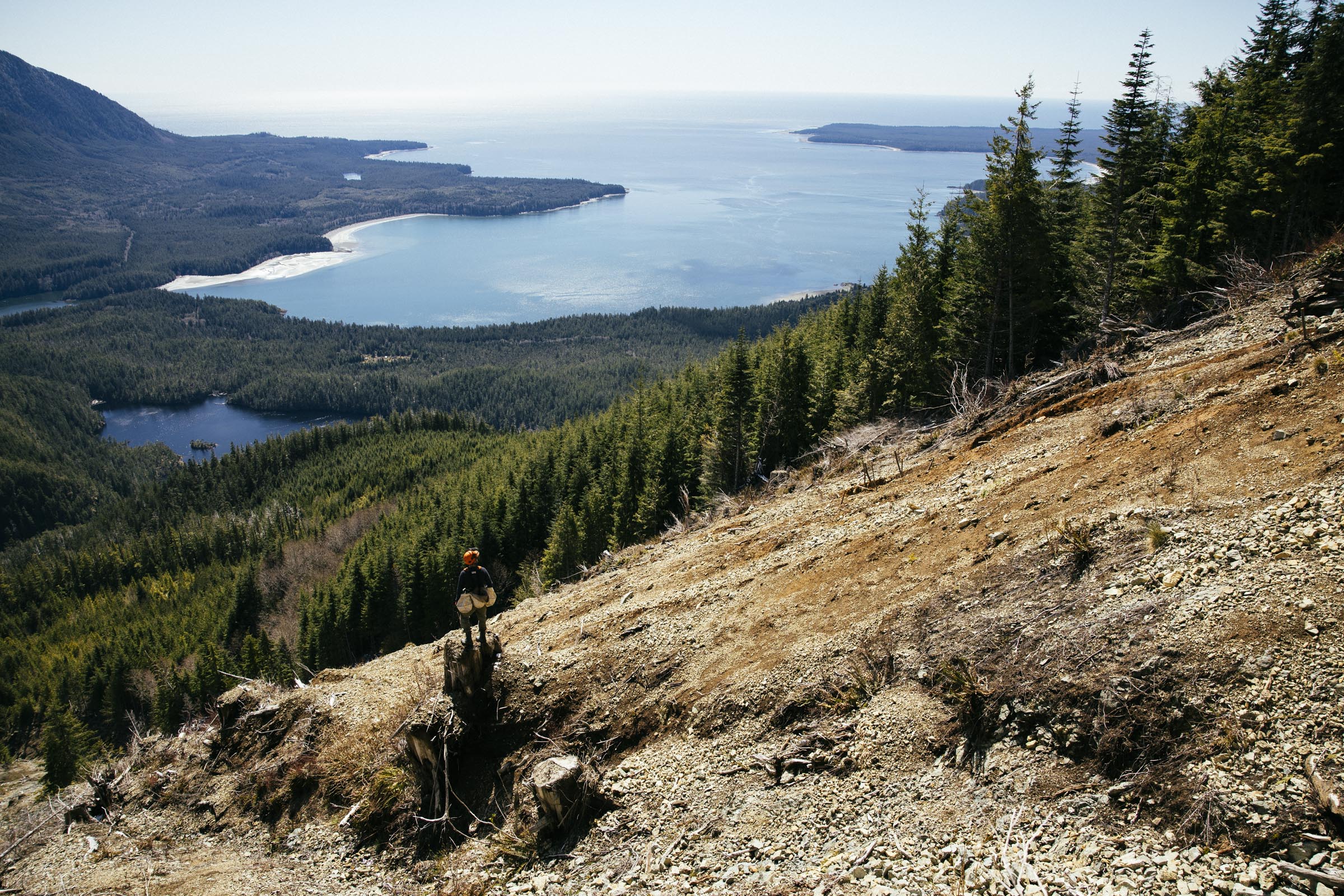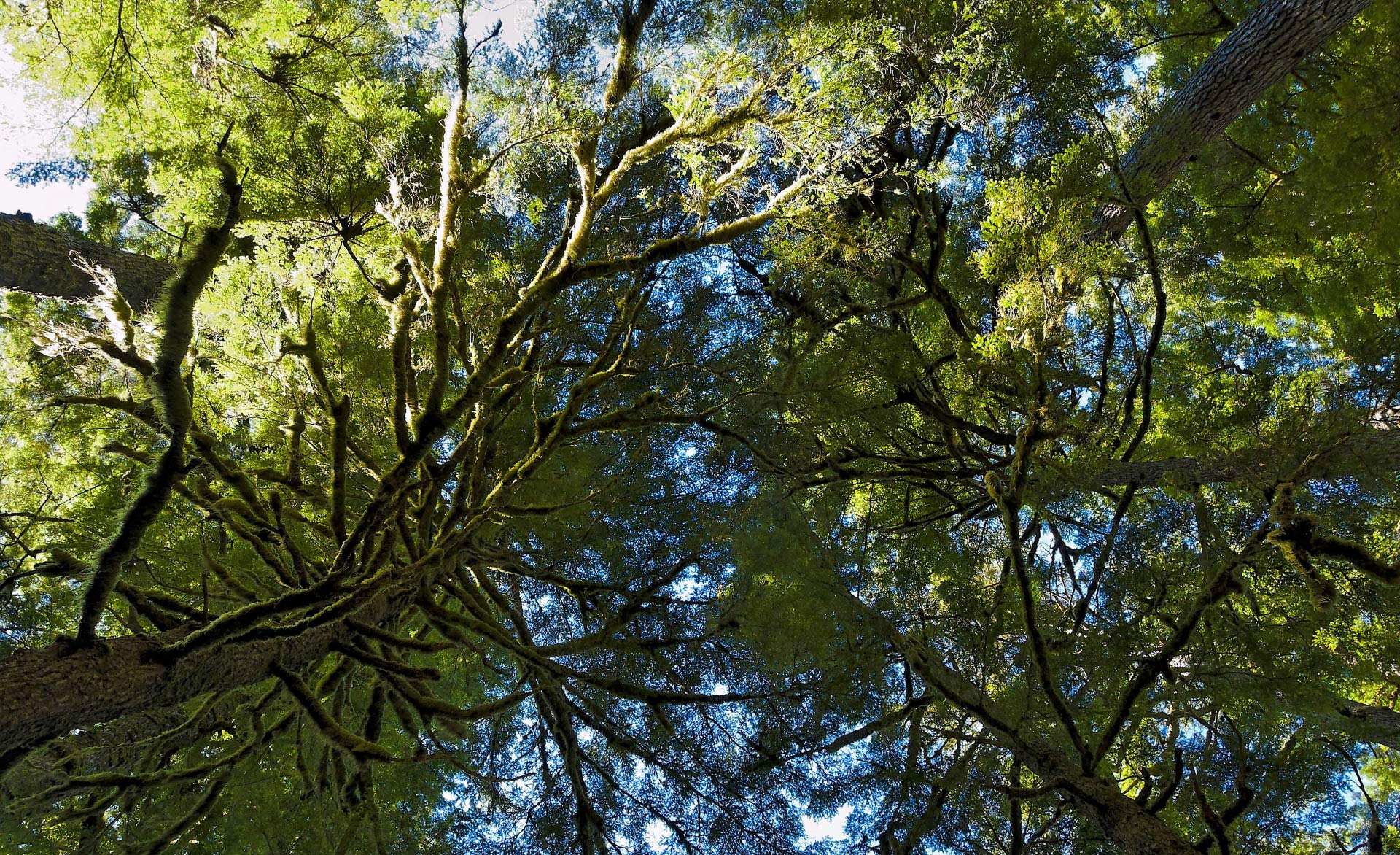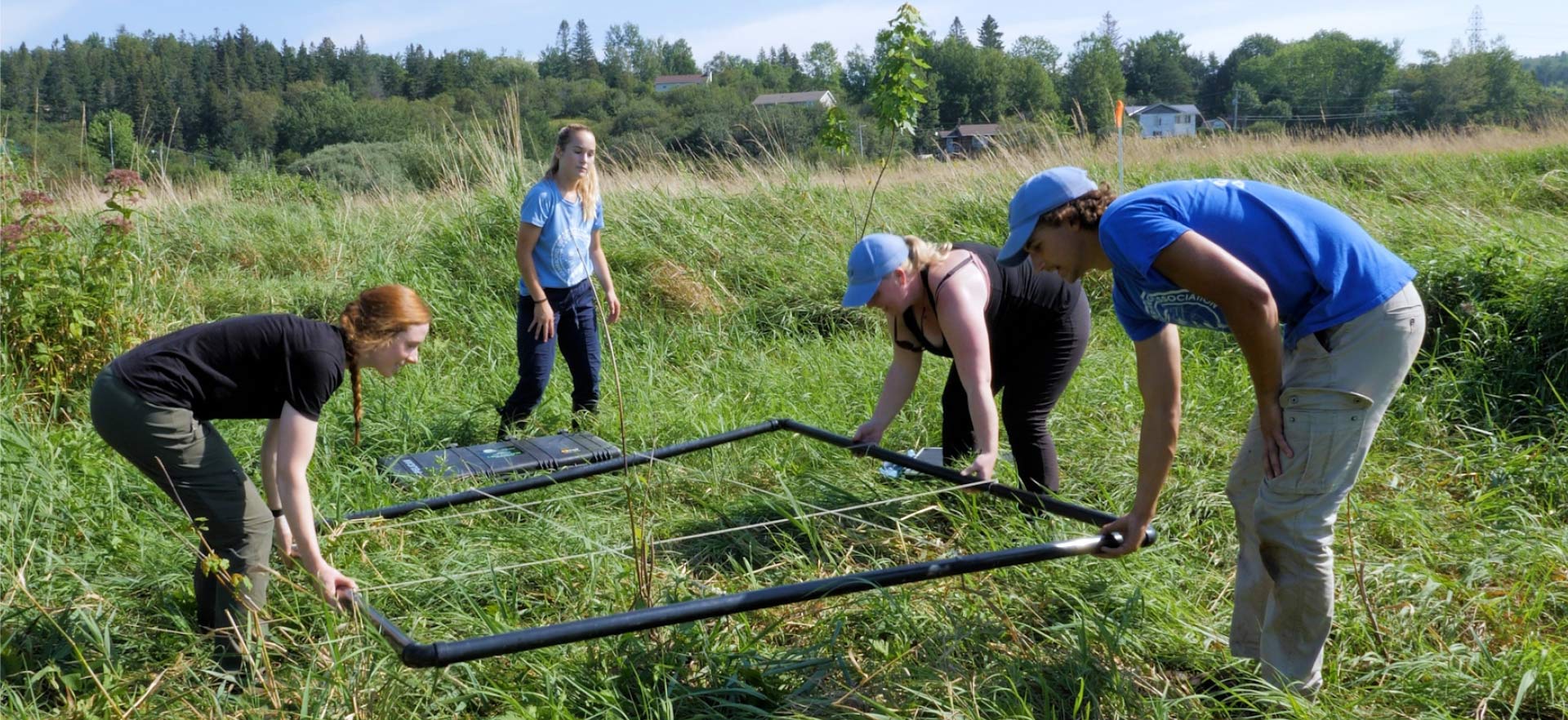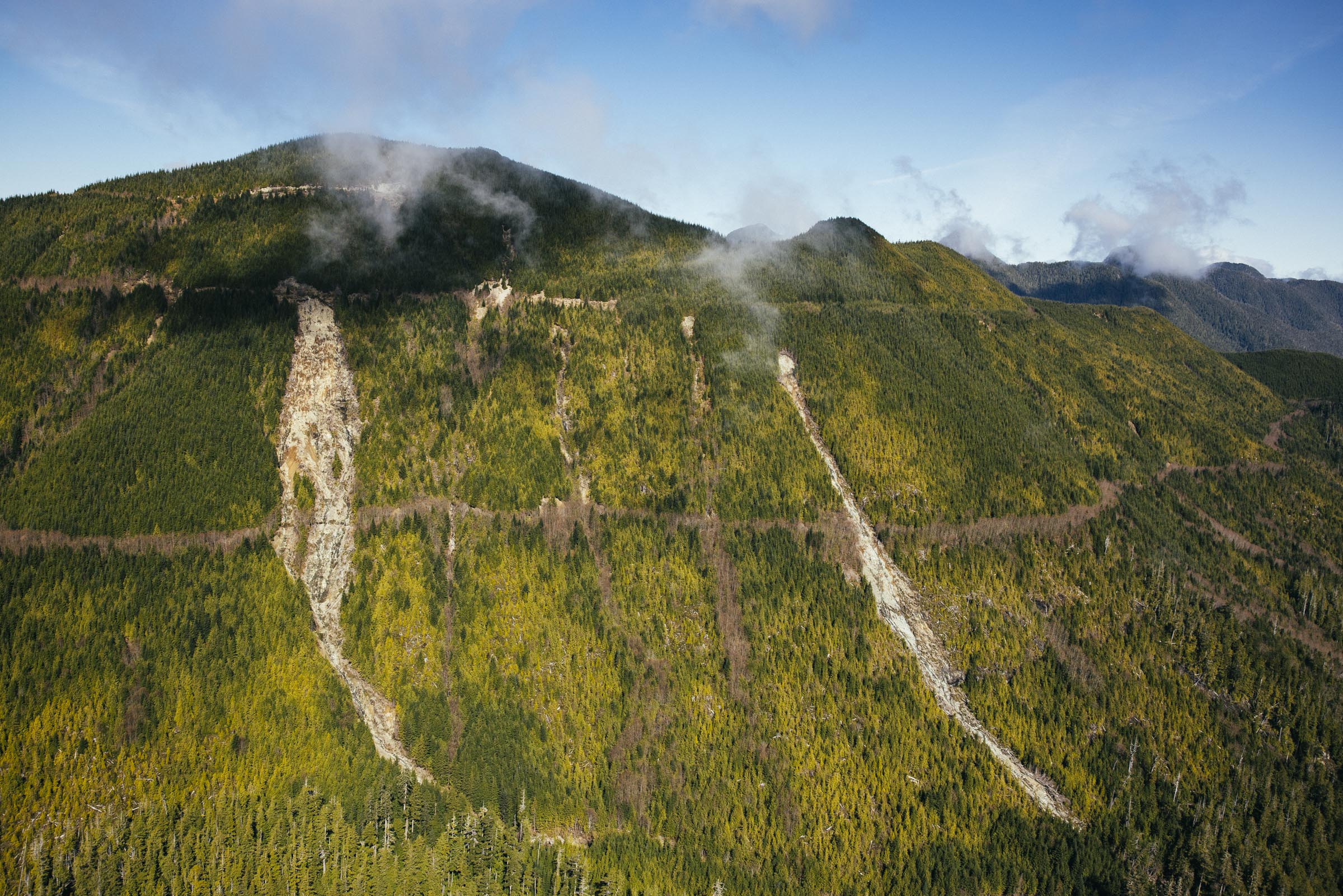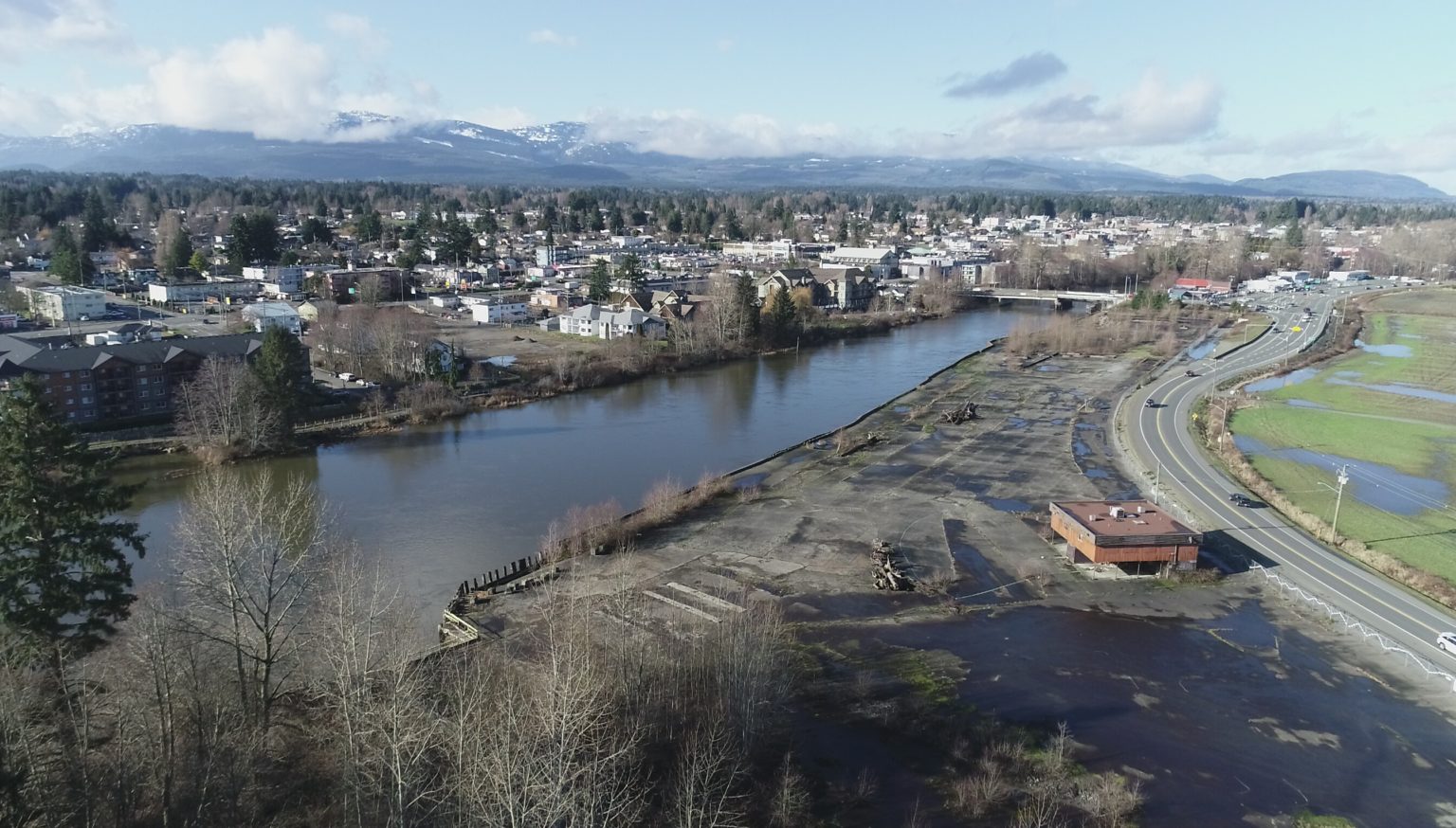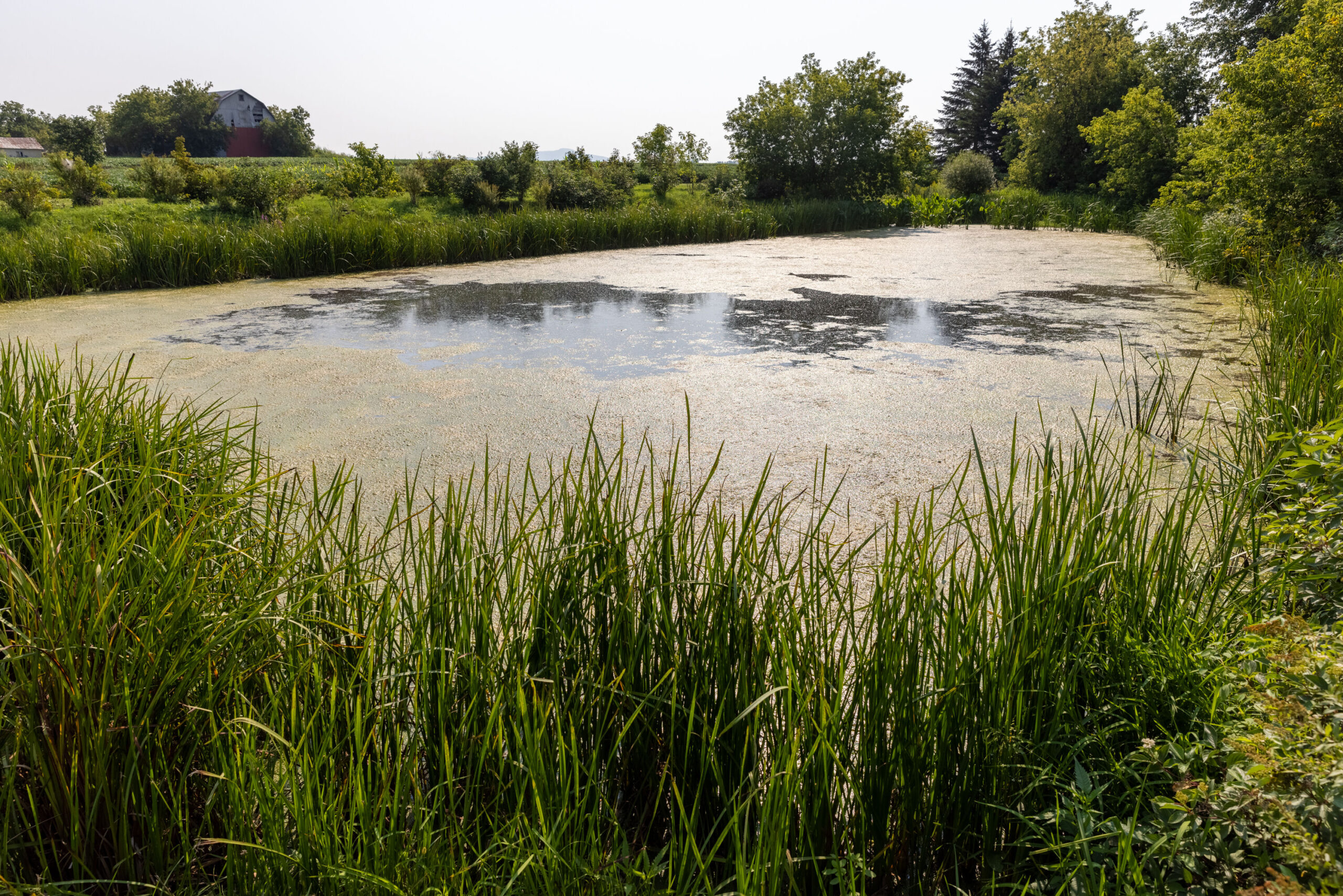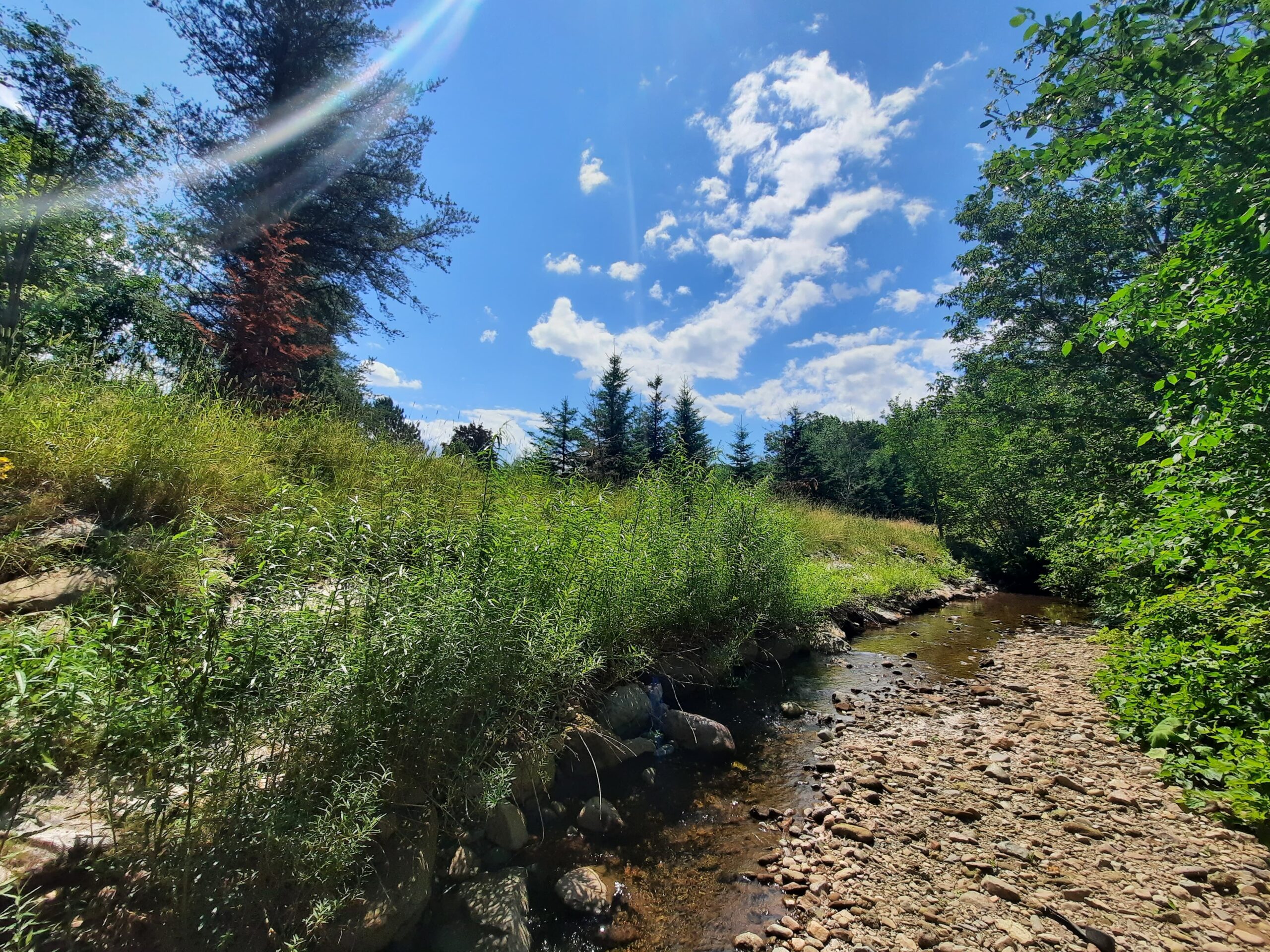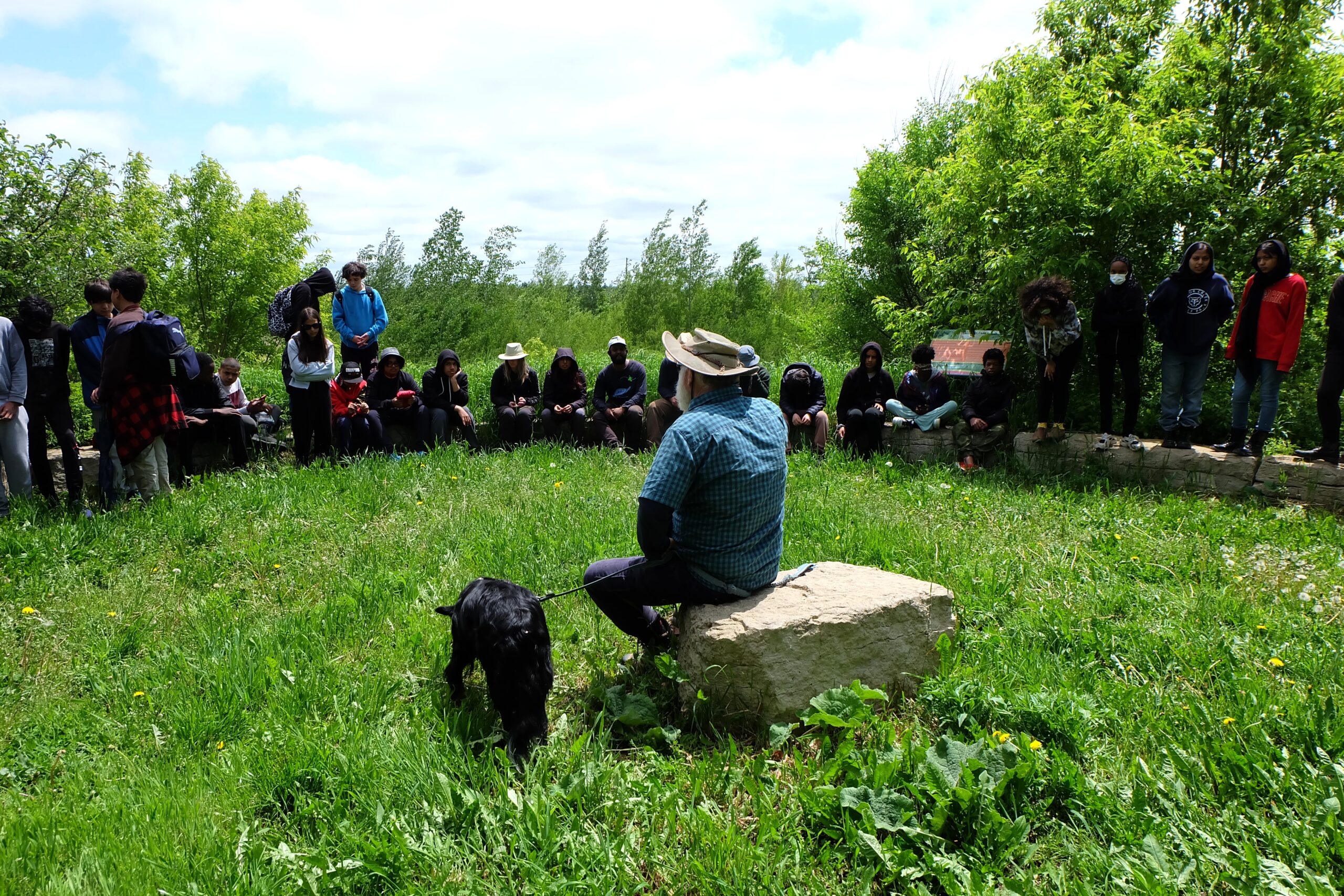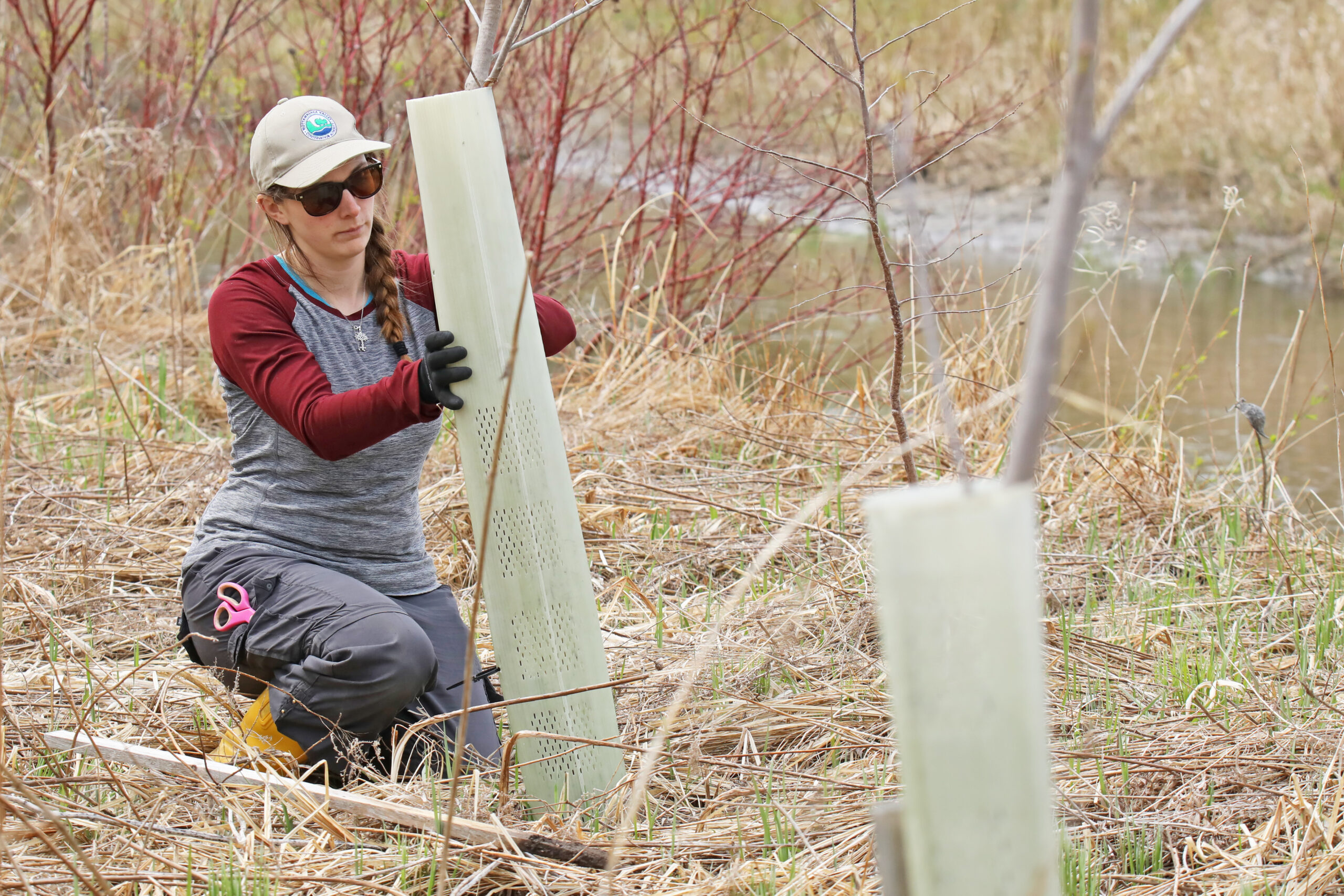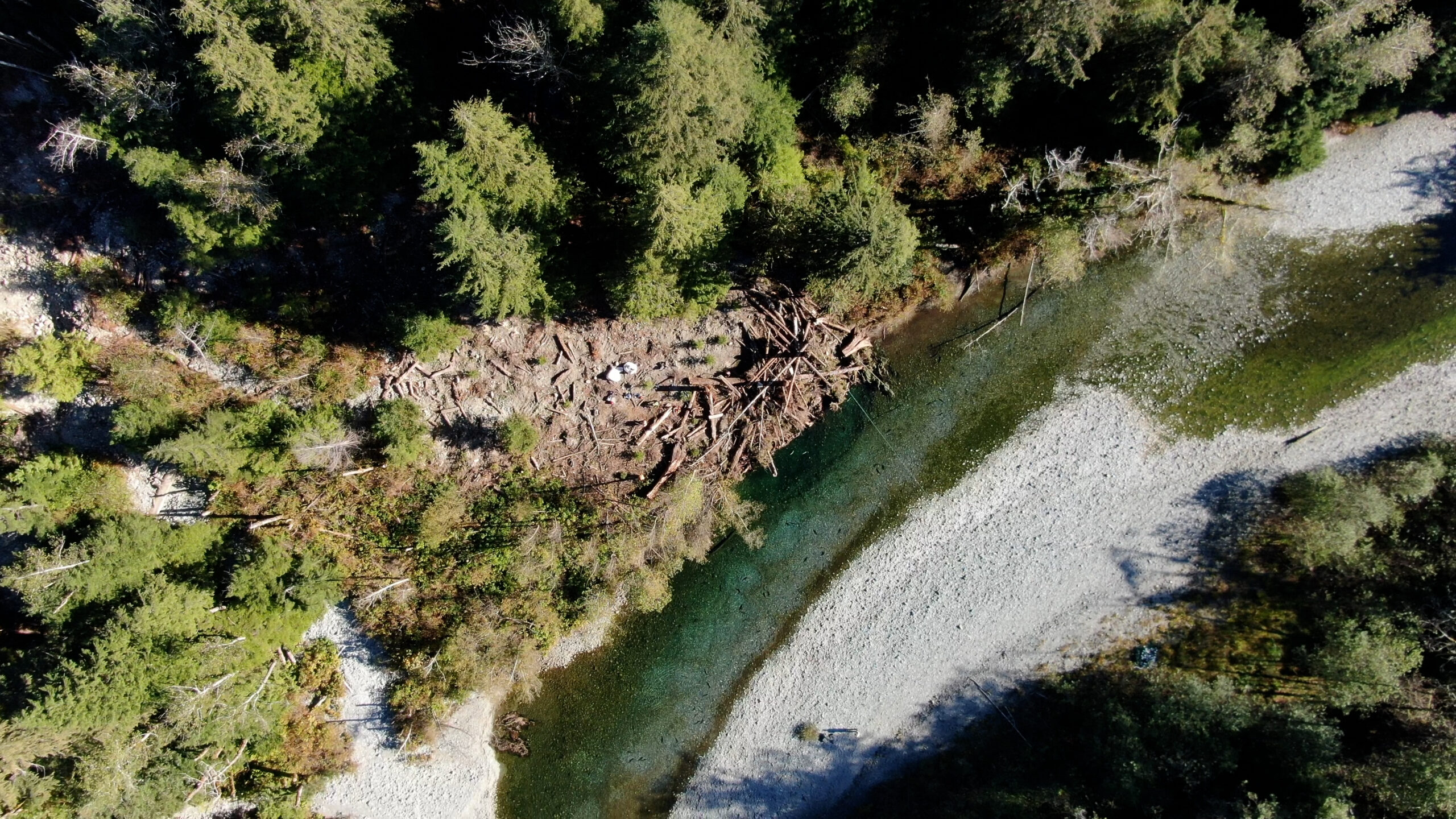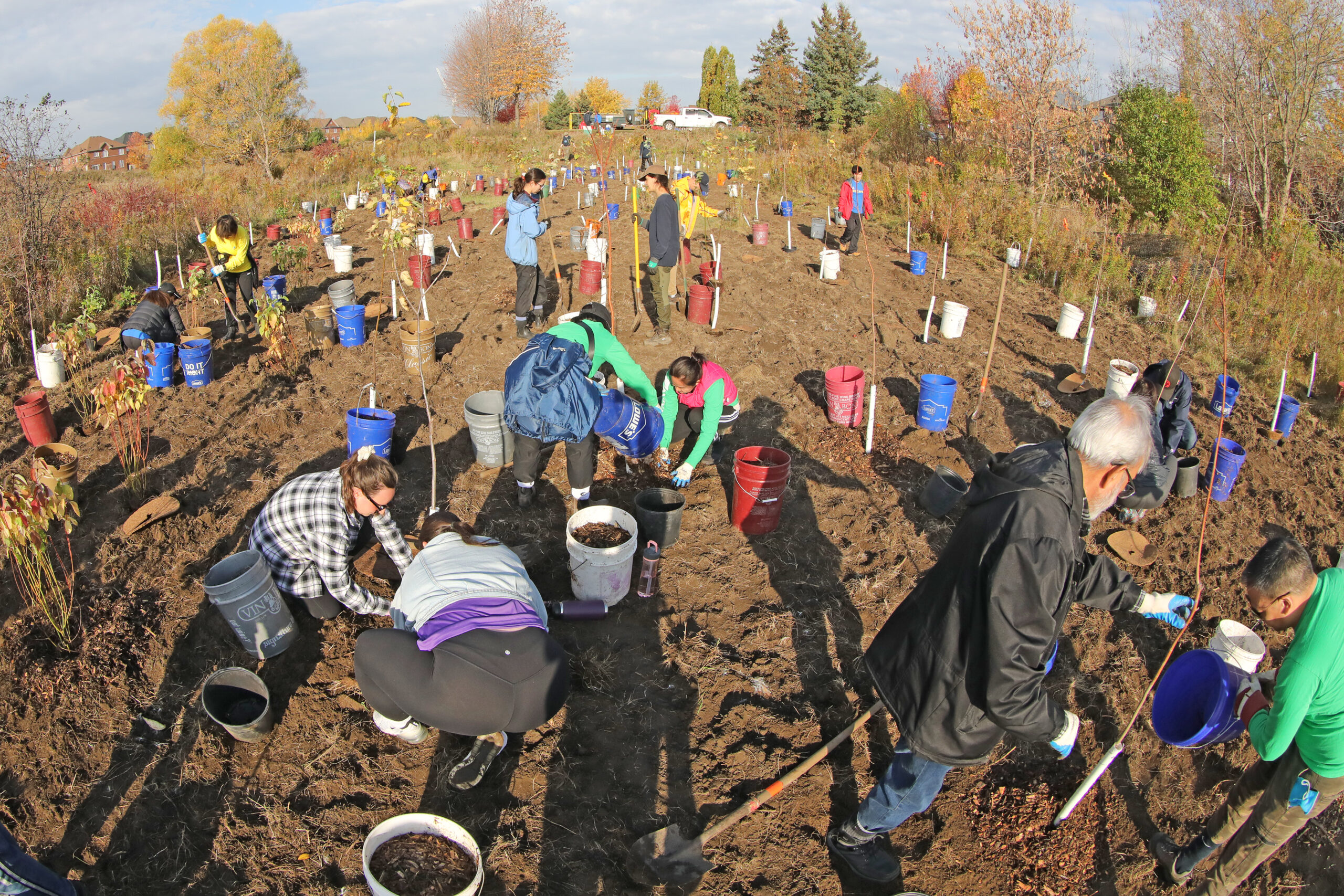During the 2021/2022 season — the first for the Nature and Climate Grant Program — seven grantees collectively restored more than 160 hectares of wetlands, grasslands, shorelines, agricultural areas and former industrial sites.
From the salt marshes of the Wolastoq/Saint John River valley, N.B., to the shores of Vancouver Island, B.C., to the farmlands of Quebec and Ontario, around 4,000 people planted nearly 90,000 trees and shrubs, which will sequester carbon as they grow and benefit dozens of at-risk species.
These projects also made communities more resilient to the impacts of climate change, such as flooding, directly benefitting over 100,000 people.

